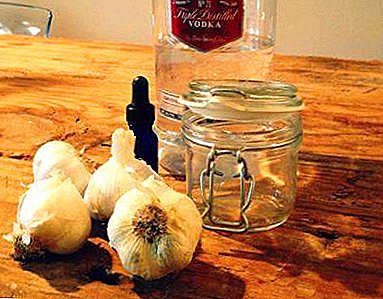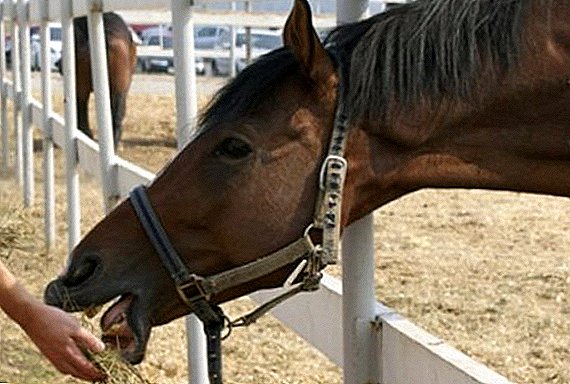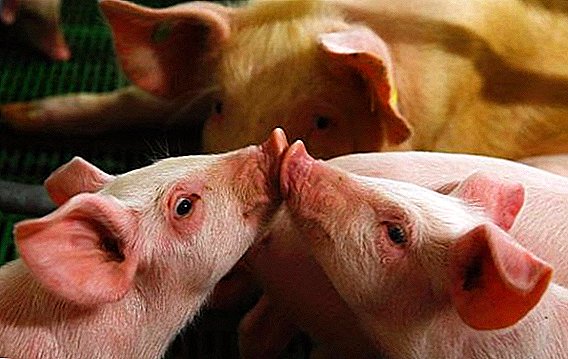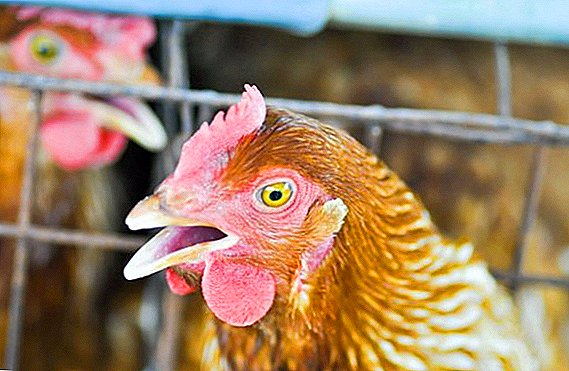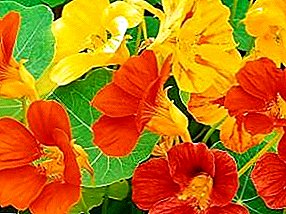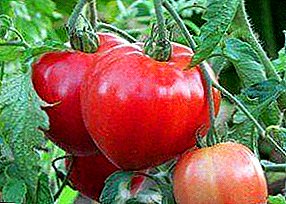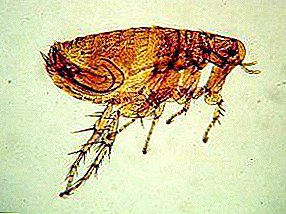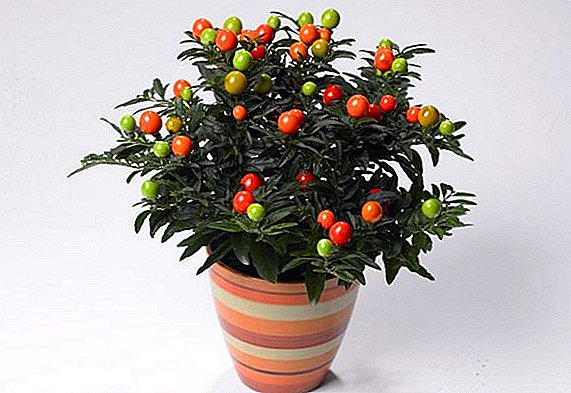 The nightshade is an incredibly ornamental plant. During fruiting, the bush is covered with small glossy balls of fruit, and due to the uneven ripening of the fruit, they are colored in different colors: from pale yellow to dark red.
The nightshade is an incredibly ornamental plant. During fruiting, the bush is covered with small glossy balls of fruit, and due to the uneven ripening of the fruit, they are colored in different colors: from pale yellow to dark red.
Create ideal conditions for growing nightshade in the house
Ideal conditions for the nightshade are good light, humidity, soil and heat. During the hot period, make sure that the leaves do not get burned from direct sunlight. At this time, it is better not to keep the plant in a lit place.
Location and lighting
The most suitable plant location will be southeast or southwest windows. The nightshade lighting should be diffused but bright. On the south windows the nightshade can get burned, on the north windows it will not bloom, and growth and development will be slow and sluggish. Fruiting the nightshade home and not at all. 
Temperature conditions
In spring and summer, the nightshade needs a temperature of +15 - + 25˚C, in winter, the plant has a period of rest, the temperature should be lowered to 12 degrees. In summer, nightshade needs to be carried out to the balcony to fresh air.
Important! Do not place the plant under the direct rays of the sun, avoid drafts.
Caring for Nightshade wisely and knowledgeably
Nightshade likes moderate watering, but does not tolerate dry air. Consider that in the summer period and the period of rest for the nightshade when growing in a house different care.
Did you know? The mandrake belongs to the family of solanaceous plants. At the time of the Middle Ages magical powers were attributed to the plant. The mandrake root is similar in outline to a human figure, which may be why it was most often used in love magic.
How to water the house nightshade
 During the period of active growth and development, the plant is watered as the top layer of the soil dries. Then gradually reduce watering, bringing to a minimum during the rest period (October - February). In late February, watering is also gradually increased and spraying begins.
During the period of active growth and development, the plant is watered as the top layer of the soil dries. Then gradually reduce watering, bringing to a minimum during the rest period (October - February). In late February, watering is also gradually increased and spraying begins.
Air humidity
Nightshade at home requires a humidity of at least 60%. When it is too hot and dry indoors, spray it in the summer in the morning and evening. Once every seven days the plant can be put in a pallet with wet river pebbles.
Interesting! From the Latin name of the nightshade dulcamára got his name doctor-charlatan Dulcamara - one of the heroes of the opera Gaetano Donizetti "Love potion".
Feed for nightshade
During the growth period, the nightshade does not need fertilizer, fertilizing is needed in late spring, summer and autumn. As a fertilizer suitable compositions for flowering plants, fertilizers for tomatoes. When conducting dressings, follow strictly the instructions in the instructions for the preparation.
How to prune
For the beautiful formation of a compact bush, nightshade needs to be trimmed. In spring, side shoots are cut to one third the length, so the central trunk (the base of the bush) gets more nutrients. The procedure is carried out after the appearance of berries. In autumn, nightshade needs pruning for lush tillering, shoots that do not carry buds, pinch.
Transplant and soil for nightshade
 Nightshade transplant annually for young bushes, adult plants are transplanted every three years. Before transplanting the plant is cut. A nutritive substrate is prepared for the nightshade; two options are possible:
Nightshade transplant annually for young bushes, adult plants are transplanted every three years. Before transplanting the plant is cut. A nutritive substrate is prepared for the nightshade; two options are possible:
- Peat, turf and leaf land in equal proportions;
- Peat, humus, sand and sod land (2: 2: 1: 2).
Toxicity of nightshade
The green berry of nightshade contains steroid glycosides - toxic substances for the human body. As it ripens, according to scientists, the berry is less poisonous, but there are cases of poisoning with a fatal outcome. So a charming homemade flower with red berries can be dangerous.
Attention! Keep the nightshade to be in the reach of children and pets. Both are curious, and the red berries are so beautiful, so beckoning to try.
Use of nightshade can cause severe poisoning. The toxins contained in them irritate the gastric mucosa and are absorbed into the blood. Symptoms of poisoning:
- Heart palpitations and respiratory failure;
- Motion impairment and hearing loss;
- Pupil dilation;
- Vomiting and pain in the gastrointestinal tract.
Breeding nightshade at home
At home, nightshade is propagated by two methods: seed and grafting. Caring for young seedlings and seedlings is no different from caring for an adult plant.
Reproduction by cuttings
 For room nightshade, the procedure for propagation by cuttings is carried out after pruning in spring. After the procedure, the stems are not thrown away, they take strong shoots and plant them for rooting in wet sand or peat. When the cuttings take root, they are transplanted into a prepared drainage pot. The soil is prepared from a mixture of sand, humus and sod land (1: 2: 1). After transplantation, the stems are pinched for better growth of the bush.
For room nightshade, the procedure for propagation by cuttings is carried out after pruning in spring. After the procedure, the stems are not thrown away, they take strong shoots and plant them for rooting in wet sand or peat. When the cuttings take root, they are transplanted into a prepared drainage pot. The soil is prepared from a mixture of sand, humus and sod land (1: 2: 1). After transplantation, the stems are pinched for better growth of the bush.
Nightshade
When propagated by seeds, sifted leaf earth is poured into a container or box. Seeds are sown on the surface, then covered with a layer of sand (1 cm), moistened (can be sprayed so as not to disturb the layer), covered with glass. The room temperature should be within 22 ° C. In two weeks, sprouts will sprout, which dive twice as they grow. The grown up nightshade are planted in separate pots.
Possible problems with growing nightshade
About the problems in the care of the plant will tell their appearance. If the leaves curl, it means that nightshade is too intense illumination by the direct sun. It is impossible to keep the nightshade in direct sunlight, the leaves get burned by aggressive ultraviolet radiation. Put the plant in a place with ambient lighting. It can be in the sun only in the morning or evening. If a plant sheds leaves, there is little light, on the contrary, perhaps you have shaded the nightshade too much. When brown spots appear on the leaves, this is evidence of a lack of magnesium. Keep this in mind when choosing flower dressings. With a lack of dressings, the leaves may become discolored.
 Nightshade does not bear fruit - this means that it needs artificial pollination. To do this, use a soft brush to draw pollen from flower to flower. In case of insufficient heat, the nightshade blooms poorly, and, accordingly, bears no fruit, its fruits are not bright and not expressive. From a lack of moisture glossy berries shrivel, increase watering to improve the plant. When the soil and air humidity is high, the nightshade will drop both fruit and leaves. The same behavior is observed at too high content temperatures.
Nightshade does not bear fruit - this means that it needs artificial pollination. To do this, use a soft brush to draw pollen from flower to flower. In case of insufficient heat, the nightshade blooms poorly, and, accordingly, bears no fruit, its fruits are not bright and not expressive. From a lack of moisture glossy berries shrivel, increase watering to improve the plant. When the soil and air humidity is high, the nightshade will drop both fruit and leaves. The same behavior is observed at too high content temperatures.
The leaves and stems of the nightshade dry and turn yellow - the reason most likely lies in the dry air. Excessively dry air in the room is fraught with the appearance of parasites: aphids, whiteflies and spider mites. You can fight pests with insecticides and fungicides (Actellic, Decis, Fitoverm).
Growing ornamental plants always requires attention. In the care is important the golden mean, otherwise the lack or excess of one or another component will lead to the illness of a pet. Yet scrupulous fulfillment of the rules is worth it so that the plant pleasantly delights with flowering, fruiting, lush foliage.


